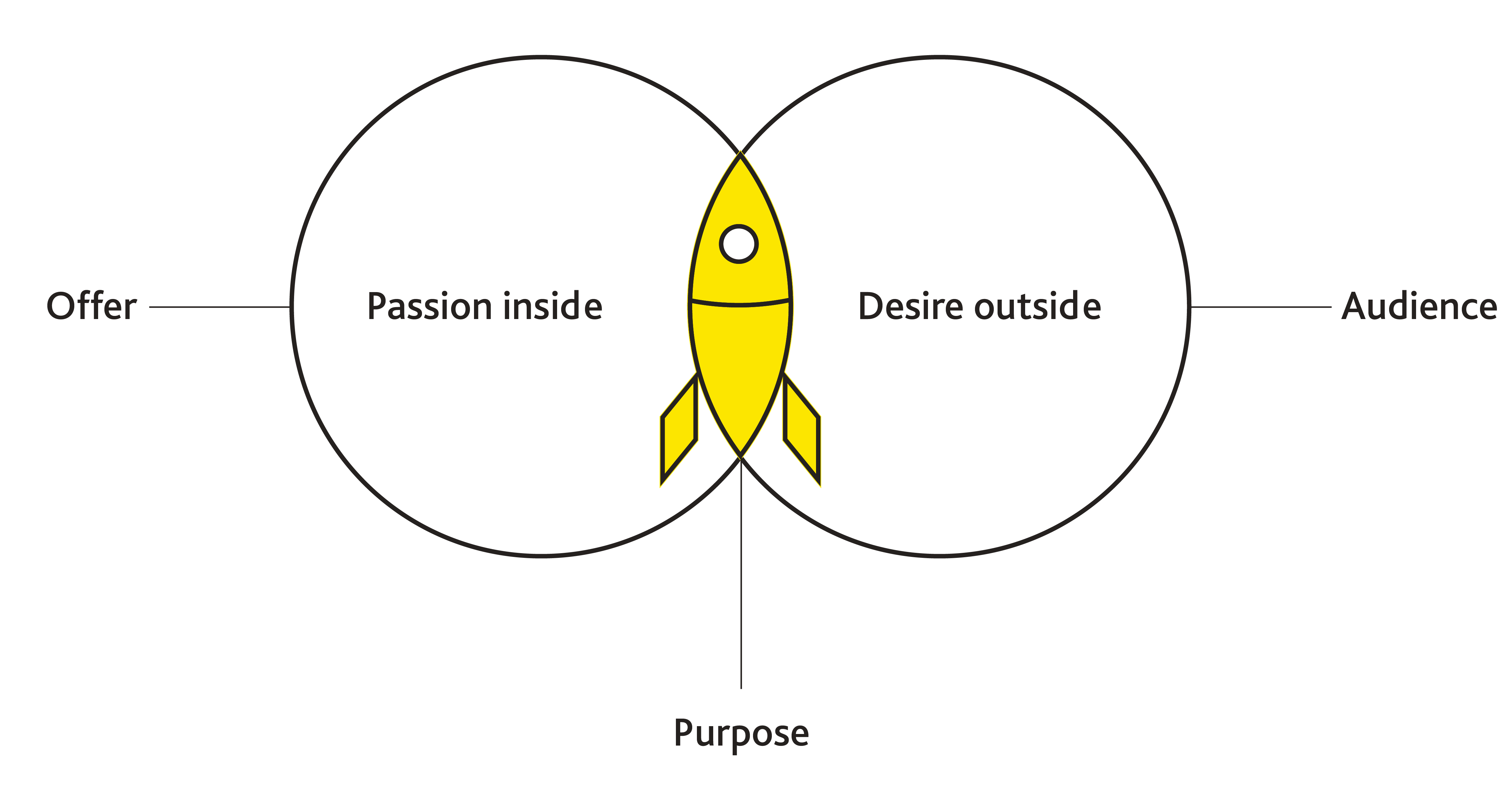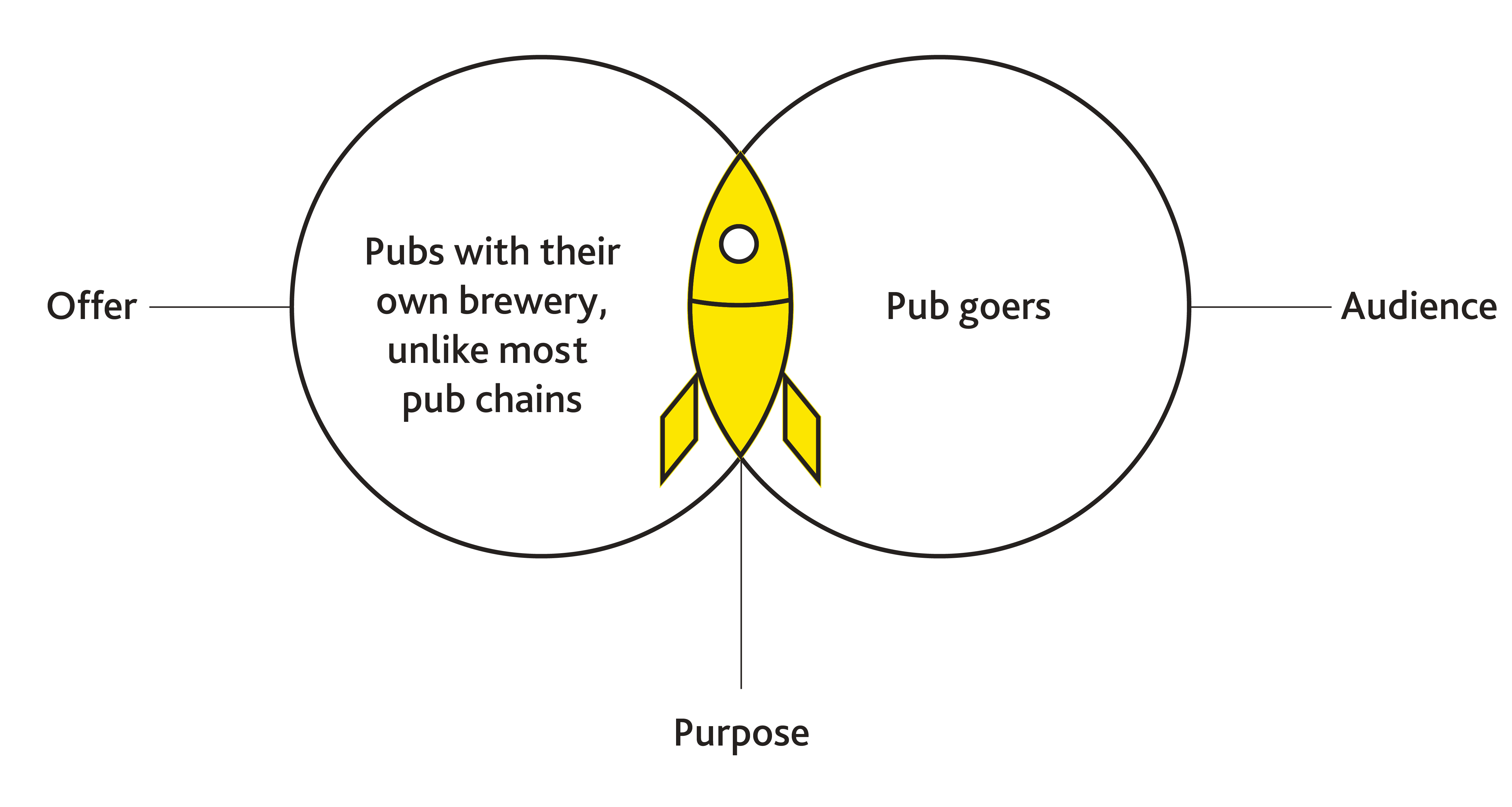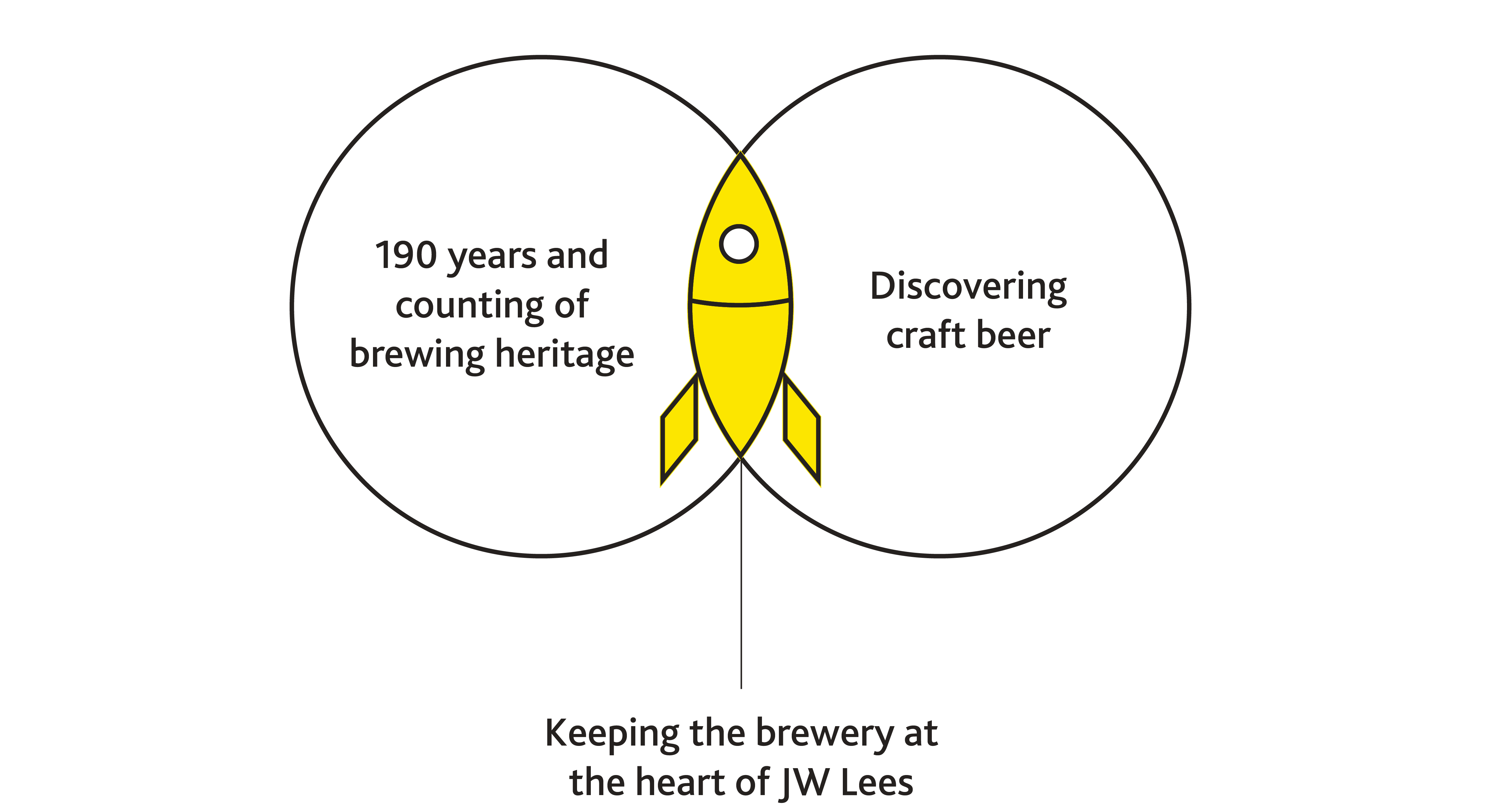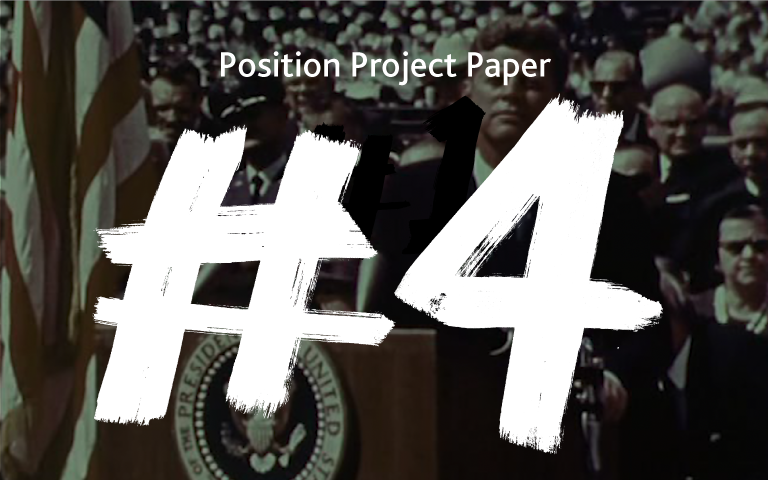Paper #6 | The second part of a position: Purpose
The most successful brands don’t just know where they compete, they define why they exist. This is vital because it gives the brand a bigger mission, a purpose that’s shared by all its people. It also allows the brand to build a deeper connection with customers beyond the functional elements of their offer. Purpose is the second part of how we define positions.
The power of finding your purpose
Purpose has become a buzz word, and is often incorrectly taken to mean “having a social purpose”. Its origins and original meaning can be traced back over 50 years to Chester Barnard. In his 1968 book, he states that one of the essential functions of the executive is “to formulate and design purpose”. Ever since then study after study of high-performing companies has found it to be a central component of their success.
One such example is the University of Michigan who wanted to solicit donations from alumni so employed call centre workers. The work was repetitive and boring, meaning the rejection rate stood at 93%. In an effort to improve their success, the University enlisted the help of organisational psychologist Adam Grant. He set about tracking down former students to share stories of the difference that the University had made to their lives. This gave the workers an understanding of why their work was important and had a dramatic affect. Over the next month, time spent calling increased by 142% and weekly revenues rose by 172%.

Finding your purpose
In Paper 3 we highlighted the trap of creating a lofty purpose that isn’t rooted in what the brand does. To avoid this purpose needs to be extrapolated from the offer and audience. Brands must seek to understand the passion inside that drives them to deliver their product or service. Often this comes from the vision of the founders. Then they must understand the desire outside of their audience. This could be an unmet need or a frustration with competitors. Purpose is found at the intersection of the passion inside and desire outside – this is the reason the brand exists.

A good example from our own work is JW Lees. The brewery and pub company was founded in 1828 by retired cotton manufacturer John Lees. Come 2015 the business was being run by William Lees-Jones, who felt that the brand needed to rediscover its vision and enlisted Squad to help. Spending time in the business and talking to staff, we observed that people had started to see the business as a property and pub company. They’d lost sight of its original reason for existing, which was as a brewery. Most other brewery pub companies like JW Lees had sold off their breweries. While the beer in a Fullers or Youngs pub might still bear their name, it is now brewed by one of the international brewing companies. The integration of pub and brewery was something that marked JW Lees out from many of the other pub chains.

Ironically, this was at a time when craft beer was experiencing a resurgence and new breweries were appearing all the time to satisfy the market’s desire for new and interesting beers. There was clearly a desire in the market for traditionally brewed beers rather than soulless mass-produced drinks. Working with the JW Lees board, we defined the purpose of JW Lees as being “to keep the brewery at the heart of the business”.

A word or phrase that becomes your narrative
Ideally the purpose should be boiled down to a single word or phrase. In the case of JW Lees we adopted the phrase “modern traditional brewer”. The word “brewer” reflected that first and foremost this is what they are. The words “modern traditional” were added to reflect that while JW Lees is as progressive as the new craft brewers, they also have a long heritage that they stay true to. Here are some examples of how a purpose can be distilled into a phrase for other famous brands:
- Ben and Jerry’s - joy for the belly and soul
- Disney - the magic of childhood
- Nike – everybody can be an athlete
Defining the brand’s purpose plays a key role in building the brand because it provides the narrative that runs through everything the brand says and does. This is important because a purpose is not a vision. A vision is some desired future goal or end game. Purpose on the other hand is a strategy for how the brand will achieve its goals. In this way it acts as a filter and guide, informing every word and deed of the brand.
Coming next
Next in this series of Position Project Papers we’ll be talking about pillars. These play a crucial role in expanding upon the purpose and providing direction for the behaviours and communications of the brand. If you can’t wait to start thinking about your own position, then our Position Power Tools are the ideal place to start – particularly our Calculator, which is a free self-assessment tool to measure the power of a brand’s position and assess its strengths and weaknesses. Available here.
Click below to download your Ignition Calculator
Download
Paper #5 | The first part of a position: Space
The most successful brands take positions from the inside out. They root their position in what the brand does and a set of deeply held beliefs about why it exists. Rather than being transplanted in, the position is something that the leadership truly believes in and champions across every area of the organisation. At Squad, we have a method for defining positions in this way, which consists of three parts. First up is space, which is about defining where the brand competes.

Paper #4 | The process of finding, taking and sustaining a position
A moon rocket uses half of its entire fuel supply to go the first mile. It’s this initial burst of energy that creates the propulsion for it to leave the earth’s surface. The same is true with launching a position. Time and energy must be spent on crafting something powerful enough to create lift-off. But further growth is about how its driven across and through the brand.


